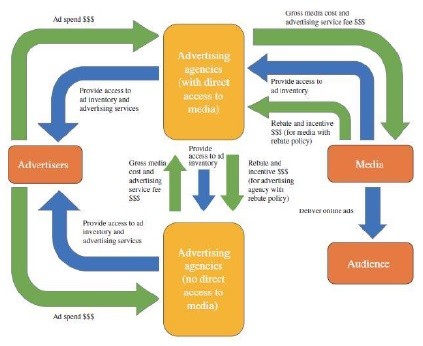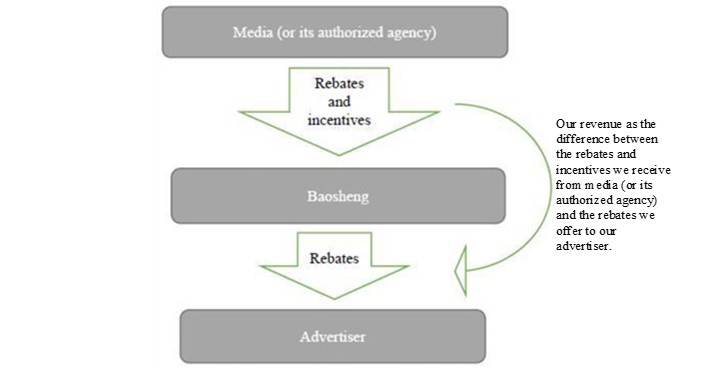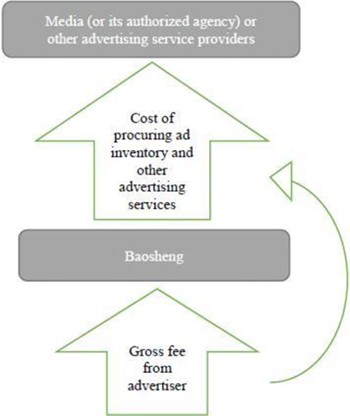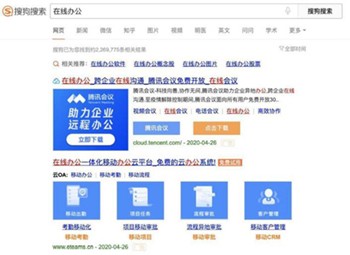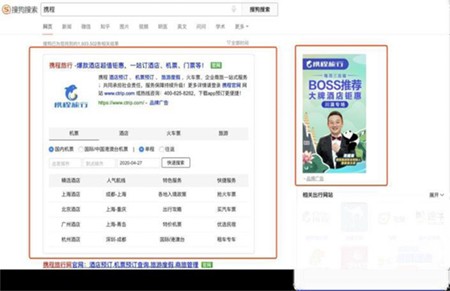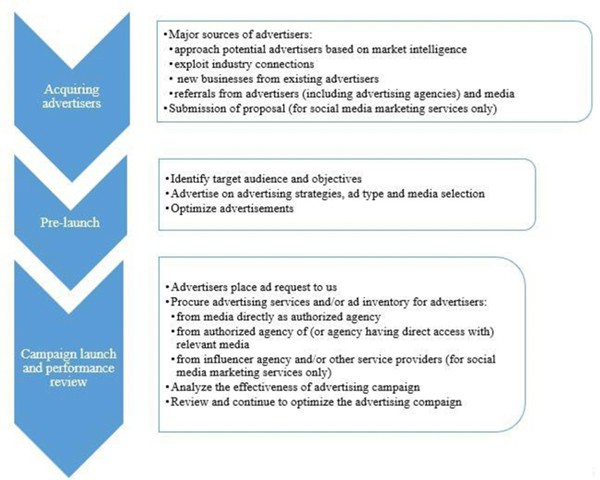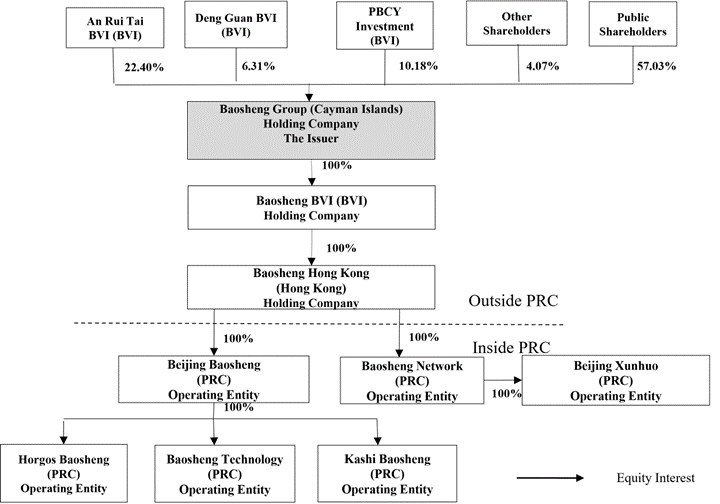In April 2020, Beijing Baosheng brought a breach of contract claim against Guangzhou Aiyou Information Technology Co. Ltd. (“Guangzhou Aiyou”) and sought recovery of RMB1,255,000 in aggregate. On August 22, 2020, the Beijing arbitration committee entered a judgment, ruling in favor of Beijing Baosheng and requiring Guangzhou Aiyou to compensate Beijing Baosheng RMB1,255,000, with a penalty of RMB592,360, and an extra daily penalty of 0.05%, calculated from April 20, 2020 to the actual date of payment, and arbitration-related expenses. On November 17, 2020, Beijing Baosheng filed a request with Guangzhou Intermediate People’s Court, seeking to mandatorily enforce the judgment. As of the date of this annual report, the judgment is under the stage of enforcement.
In January 2022, Beijing Baosheng brought a breach of contract claim against Beijing Hekai Qianyu Intelligent Technology Co., Ltd. (“Hekai Qianyu”) and Beijing Zhigu Education Technology Co., Ltd. (“Zhigu Education”) and Mr. Hongpeng Yao (the legal representatives of both Hekai Qianyu and Zhigu Education) in the Beijing Dongcheng District People’s Court and sought recovery of RMB756,000 (approximately $118,681) and related liquidated damages. Beijing Baosheng subsequently withdrew its action against Zhigu Education and agreed to resolve this dispute with the other two defendants through court mediation. On March 25, 2022, the court issued a civil mediation statement confirming that the parties had reached the following agreement: (1) Hekai Qianyu shall pay Beijing Baosheng RMB756,000 (approximately $118,681) by April 24, 2022, and in case of any late payment of the foregoing, an additional daily penalty calculated from April 25, 2022 to the actual date of payment shall be imposed; (2) Mr. Hongpeng Yao assumes jointly and several liability for the payment under item (1); and (3) the litigation-related expenses shall be borne by Hekai Qianyu and Mr. Hongpeng Yao. On April 25, 2022, Beijing Baosheng filed a request with the court, seeking to mandatorily enforce the settlement. As of the date of this annual report, the settlement is under the stage of enforcement, and Beijing Baosheng has not yet received any payment from the defendants.
In March 2022, Beijing Baosheng brought a breach of contract claim against Beijing Aipu New Media Technology Co., Ltd. (“Aipu”) in the Beijing Haidian District People’s Court and sought recovery of RMB1,783,834.04 (approximately $270,102) and related liquidated damages. On March 14, 2022, Beijing Baosheng applied for reservation of Aipu’s property in an amount of RMB1,783,834.04 (approximately $270,102) and said application was approved by the court on March 17, 2022. On February 10, 2023, Beijing Baosheng applied for extension for reservation of Aipu’ s property in an amount of RMB1,783,834.04 (approximately $270,102), and the court approved the extension of reservation to March 17, 2024. As of the date of this annual report, Beijing Baosheng is waiting for the court’s notice of hearing.
In December 2022, the Beijing Chaoyang District People’s Court accepted a breach of contract case filed by Beijing Baosheng, as the complainant and Beijing Zhijin Dapeng Education Technology Co., Ltd (“Dapeng”), as the defendant. In this case, Beijing Baosheng sought recovery of RMB435,731.02 (approximately $63,271) and related liquidated damages from Dapeng. Later in February 2023, Beijing Baosheng submitted additional evidence to the court. The court hearing was held on September 20, 2023. On January 31, 2024, the court approved Beijing Baosheng’s application for reservation of the bank accounts of Dapeng. As of the date of this annual report, Beijing Baosheng is waiting for the court’s ruling on this case.
In November 2022, Beijing Baosheng brought a breach of contract claim against Shanghai Yituo Information Technology Co., Ltd (“Yituo”) in the Shanghai Jinshan District People’s Court and sought recovery of RMB50,843.31 (approximately $7,383) and related liquidated damages. The court held the hearings on February 14, 2023 and March 27, 2023. The court entered a judgment on April 11, 2023, ruling in favor of Beijing Baosheng. The judgment was served to Beijing Baosheng on April 24, 2023, and became final and binding on the parties asYituo did not file any appeals against the judgement before May 9, 2023. As of the date of this annual report, Beijing Baosheng has not yet received any payment from the defendants. Given that Yituo had no assets, the court enforcement procedures against Yituo were terminated on August 30, 2023. In the event that the court or Beijing Baosheng locates any asset of Yituo, Beijing Baosheng will be able to apply for resumption of the enforcement procedures against Yituo.
In April 2022, the Beijing Haidian District People’s Court accepted a breach of contract case, filed by Beijing Baosheng as the complainant and Beijing Kaikeba Technology Co., Ltd. (“Beijing Kaikeba”), Huike Education Technology Group Co., Ltd., Hangzhou Kaikeba Technology Co., Ltd. (“HZ Kaikeba”), and Fang Yechang, as the defendants. In this case, Beijing Baosheng sought recovery of RMB34,436,345.13 (approximately $5,010,488.22) and related liquidated damages from Beijing Kaikeba, HZ Kaikeba, and Fang Yechang. The court reached a ruling in favor of Beijing Baosheng and requiring Beijing Kaikeba and Fang Yechang to compensate Beijing Baosheng the outstanding service fee of RMB35,781,421.17 (US$5,039,707.77), with liquidated damages of RMB2,620,526.68 (US$369,093.46), and court expenses and reservation expenses. The case is now under enforcement procedures.
